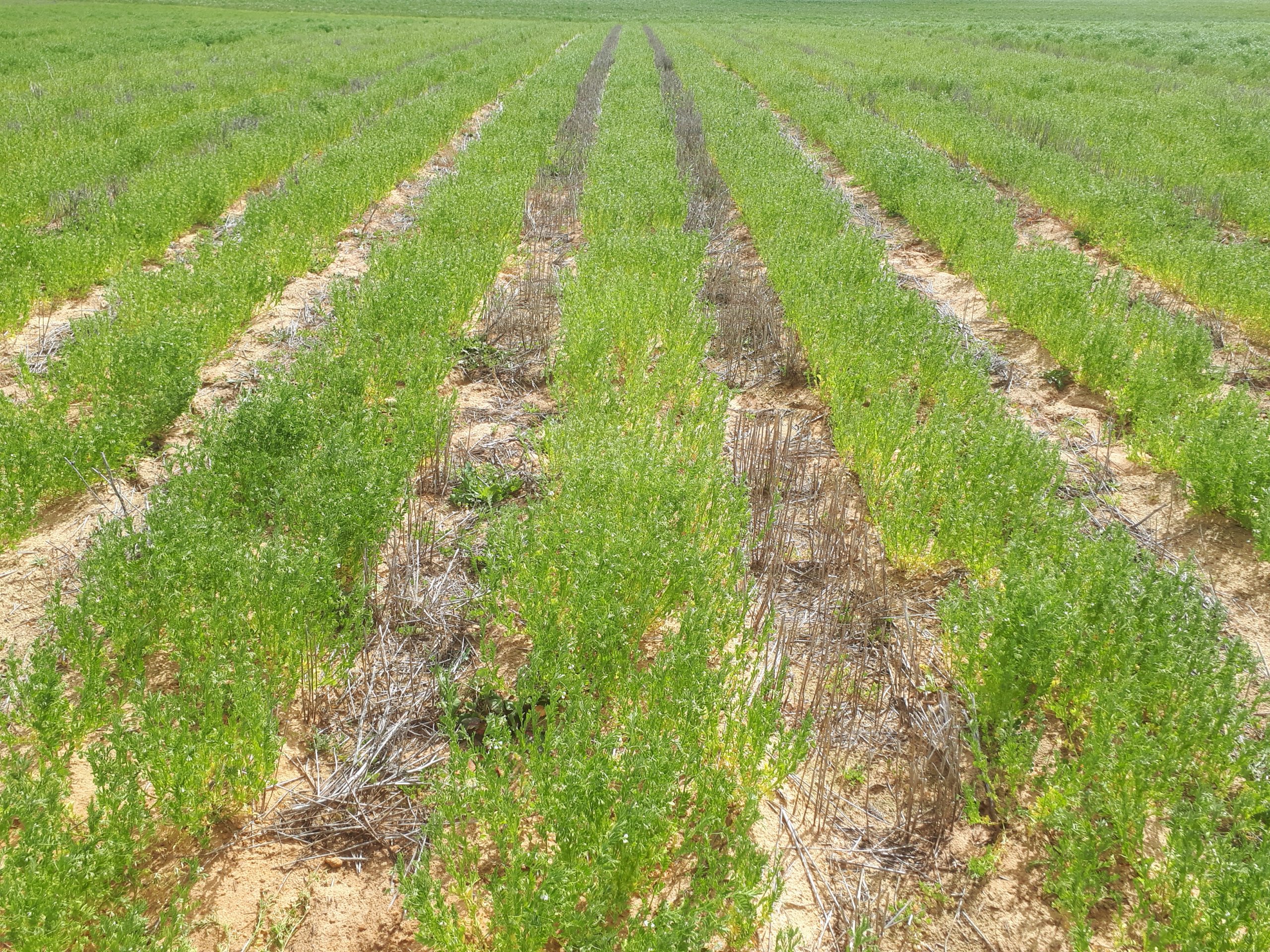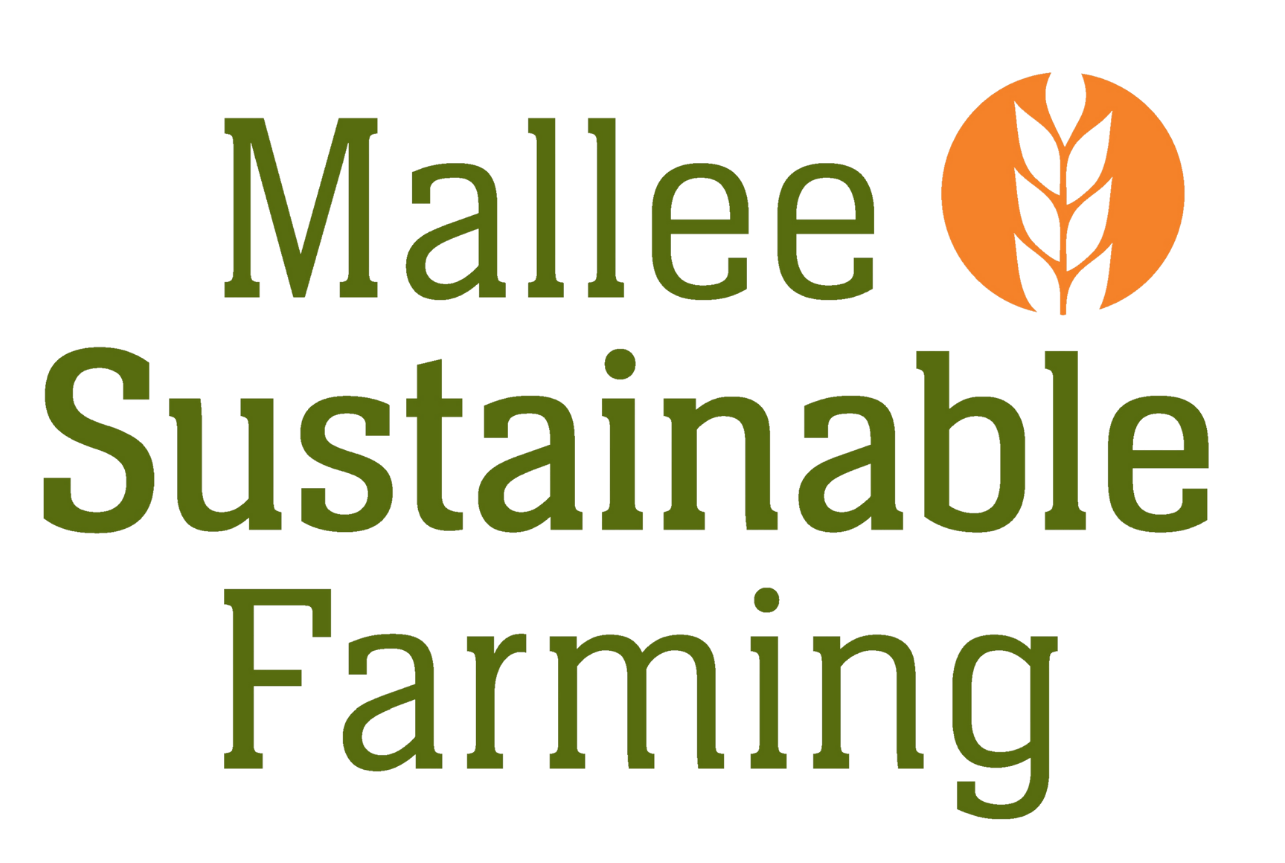
Farming in the Mallee region presents unique challenges, particularly due to high erosion risks and non-wetting sands. Traditional soil amelioration methods often exacerbate these problems, leaving fields vulnerable to wind erosion. However, a new soil amelioration method, strip amelioration, is emerging as a promising solution to fixing these sandy soils issues.
This innovative technique, developed through the MSF led ‘Robust groundcover project’ and with the support of the Agriculture and Machinery Research and Design Centre (AMRDC) at the University of South Australia, offers a safer approach to improving soil health and crop productivity.
What is Strip Amelioration?
Strip amelioration involves alternating strips of ameliorated soil with undisturbed standing stubble. This staggered approach aims to build resilience into cropping practices by addressing soil physical constraints and creating nutrient-rich pathways for plant roots. It also reduces erosion risks significantly compared to blanket amelioration practices.
Machinery Innovations
The development of strip amelioration required customized machinery solutions. Two key machines were developed:
- Strip Spader: A modified spader that enables a one-pass strip spade and sow operation. This machine creates 40 cm wide strips of ameliorated soil, spaded to a depth of 30 cm, covering about 50% of the paddock in the first season and the remaining 50% in the second season.
- Strip Inclusion Ripper: A high-capacity inclusion ripping machine configured to create 1.2-meter spaced rip lines, also leaving strips of standing stubble. This approach aims to achieve a seeder-ready consolidated finish, reducing erosion risk while preparing the soil for the next crop.
What are the field trial and results telling us?
Field trials were conducted in the South Australian Mallee in 2023, focusing on lentil crops to demonstrate the benefits of strip amelioration in high-risk, high-reward scenarios. The trials revealed several key findings:
– Improved Crop Establishment: Ameliorated strips showed better crop establishment and growth compared to non-ameliorated controls.
– Erosion Control: The alternating strips of standing stubble provided effective erosion protection, even in adverse weather conditions.
– Yield Improvements: Ameliorated treatments yielded between 0.5 to 0.9 tonnes per hectare, whereas the control plots produced no harvestable yield (in a poor season finish).
Is strip amelioration ready for adoption?
Adopting strip amelioration on a broader scale will likely require further demonstration across different regions and farming contexts. Current trials under the GRDC RiskWise project and collaborations with consultants and farmers aim to validate these techniques and prove their benefits.
The machinery for strip amelioration, particularly the strip inclusion ripper, is farm-ready and can be adapted to existing equipment, making it a feasible option for many growers.

Lentil establishment with strip amelioration treatments at Lowaldie, SA Mallee.
Future Prospects
The ongoing development and refinement of strip amelioration techniques are crucial for enhancing soil health and crop resilience in the Mallee region. By maintaining ground cover and reducing erosion risks, this method supports sustainable farming practices and boosts productivity. As more farmers adopt and adapt these techniques, we anticipate significant advancements in soil management and crop performance.
Strip amelioration represents a significant step forward in sustainable farming practices for high erosion risk areas like the Mallee. By leveraging innovative machinery and a staged approach to soil improvement, farmers can enhance soil health, reduce erosion, and achieve better crop yields. Continued research and collaboration will be essential in refining these methods and promoting their adoption across diverse farming systems.
This research was brought to you by the ‘Developing robust ground cover to enable resilience in low rainfall mixed farms’ project through funding from the Australian Government’s Future Drought Fund.
For more information on strip amelioration check out the MSF Farm Talk podcast with MSF’s Tim Smythe and Dr Jack Desbiolles from University of SA, AMRDC
https://omny.fm/shows/msf-farm-talk/pioneering-safer-farming-with-strip-amelioration











